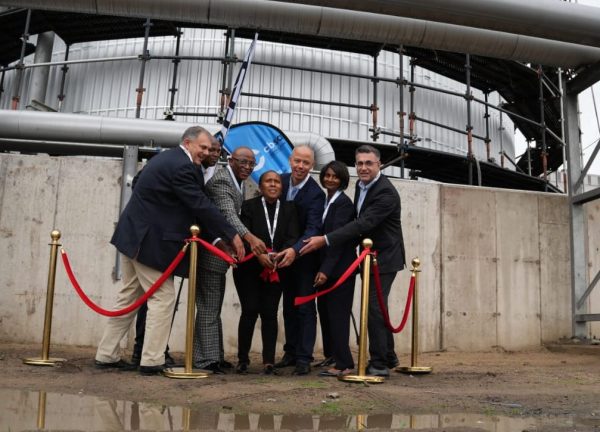THE logistics landscape in KwaZulu-Natal is being redefined with the development of state-of-the-art cold storage facilities and logistics hubs in Cato Ridge, near Durban. The Citrus Growers’ Association of Southern Africa (CGA) welcomes several recent developments in this geographical area, which are central to the improvement of not only citrus exports but also South Africa’s overall export economy.
The progress made has been exemplified by the sod-turning ceremony of the FTP Group’s Insimbi Ridge cargo facility earlier this week. The project is a substantial investment in KwaZulu-Natal’s logistics and infrastructure sector. Its state-of-the-art 33,000 sqm inland cold and general storage facility holds immense promise for the citrus industry.
“Not only will additional cold storage capacity be generated for the Durban region, but the possibility of accessing the port by rail will be a transformative approach to the citrus supply chain. This development along with the other citrus cold stores in the area will offer growers and their logistics partners a value-added service by collective coordination on long distance transport to the area as well as short distance transport to the port for export,” said Mitchell Brooke, the CGA’s logistics development manager.
Recent investments in logistics infrastructure in Cato Ridge are significant. For example, in June this year the Maersk Cato Ridge Cold Store opened. This 10 000-pallet facility, situated across from a container depot, had a successful first citrus season.
Cato Ridge is ideally situated as a logistics connector, as it borders on the N3 highway. Although currently about 90% of export citrus is moved to port by truck, Cato Ridge offers scope for much greater rail connectivity. Considered alongside recent announcements by government that 11 private sector operators were awarded 41 rail routes across six corridors, this bodes well for increased rail shipping – a form of shipping that is not only economical but more climate-friendly too. Forty percent of SA’s citrus originates in Limpopo and must travel nearly 850 km to Durban, so improved rail access is essential.
According to the CGA, the Port of Durban plays a pivotal role in South Africa’s citrus export industry, with almost half of all citrus exported from there. As citrus production volumes are set to grow, the efficiency and capacity of Durban’s entire logistics ecosystem become increasingly vital. It is also encouraging to note that after two years of waiting there is finally legal clarity on the International Container Terminal Services (ICTSI) concession at the Port of Durban’s Pier 2 Container Terminal. The CGA said the outcome is a significant advancement of private sector participation in SA. The citrus industry hopes implementation of the ICTSI-Transnet partnership now moves swiftly and that citrus growers will be able to reap its benefits as soon as possible.
To sustain and enhance this role, robust private sector investment is essential in areas such as cold storage facilities, logistics coordination, and the development of reliable truck and rail linkages. “These improvements not only ensure the timely and quality-preserving movement of citrus products, but also strengthen South Africa’s competitiveness in international markets,” concluded Brooke.








